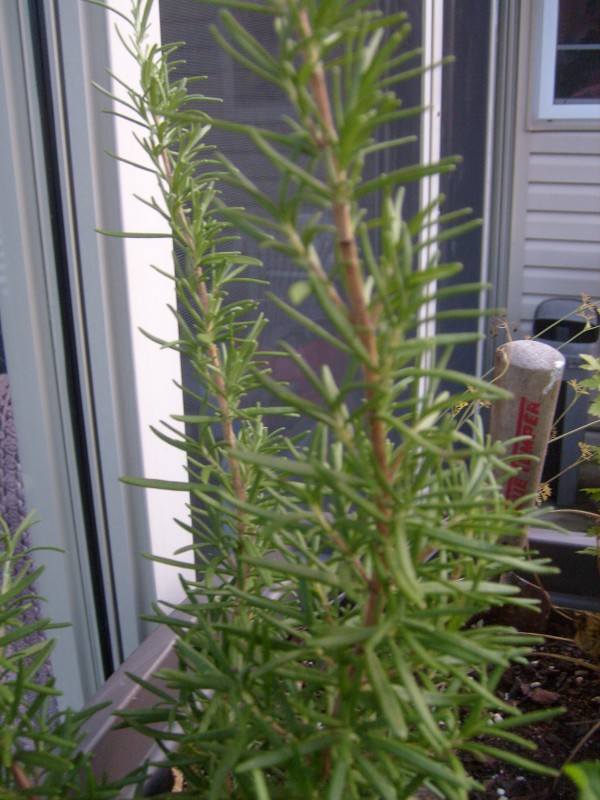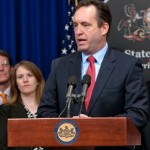Spicing Up Diet May Be Healthier Than You Think
New research shows certain antioxidants may reduce the negative effects of high fat meals. Researchers at Penn State compared two meals. One meal used about two tablespoons of antioxidant spices and the other did not. Dr. Sheila West, associate professor of biobehavioral health and nutritional sciences at Penn State, says they found less of the fat ended up in the blood stream of those eating the spiced meal.
West says they found a reduced absorption of triglycerides in those eating the spiced meal, plus a positive effect on insulin in the blood compared to those who ate the meal without the spices.
The spices and herbs used were rosemary, oregano, cinnamon, turmeric, black pepper, cloves, garlic powder and paprika.
West says the herbs and spices were spread among the three items in the meal. The meal consisted of a dessert, bread and chicken curry.
West says the spices and herbs were selected because a previous study indicated when you add spices to ground beef and grill it, you produce less of the cancer-causing oxidative stress markers in the meat. When people eat it, there are less of those chemicals in the blood.
West says the research is in its infancy, so they want to do more investigation. She wants to look at individual herbs and spices to see what the major contributor is, and what the right “dose” would be.
West says the early research shows it wouldn’t hurt to spice up your diet, because unlike some other antioxidants, these spices add little in the way of calories to your diet.
The McCormick Science Institute and the National Institutes of Health supported the work.










